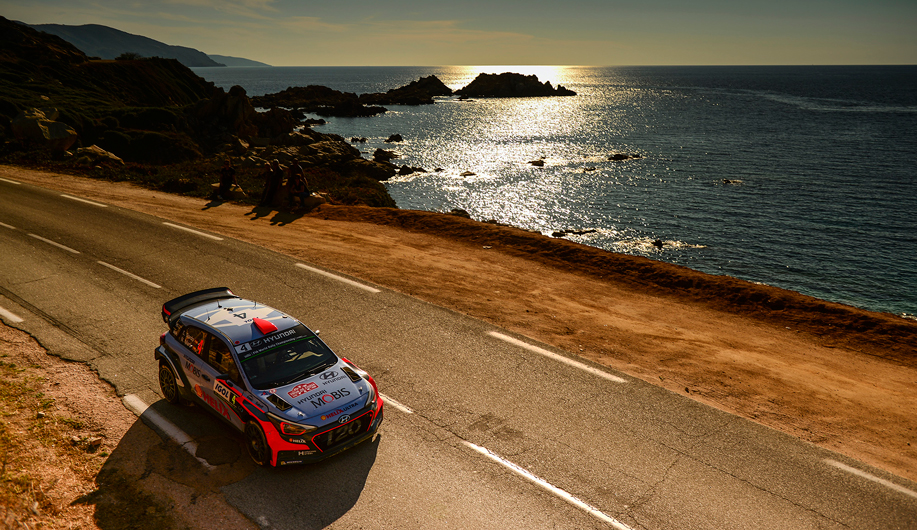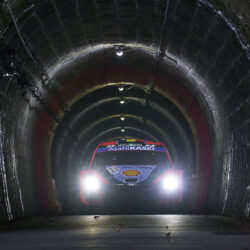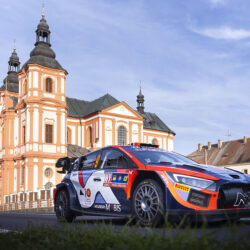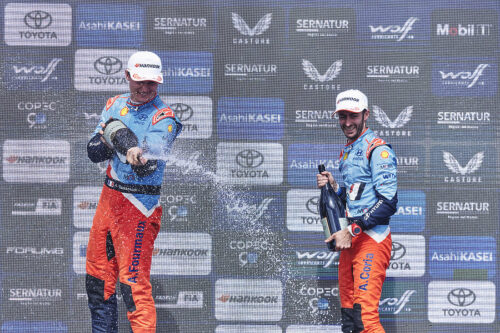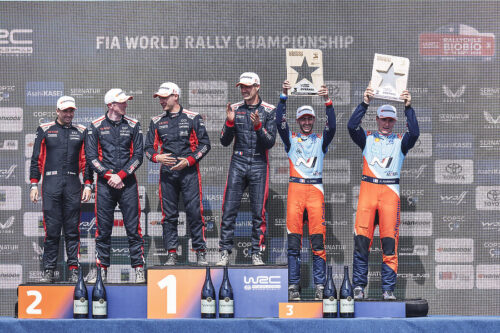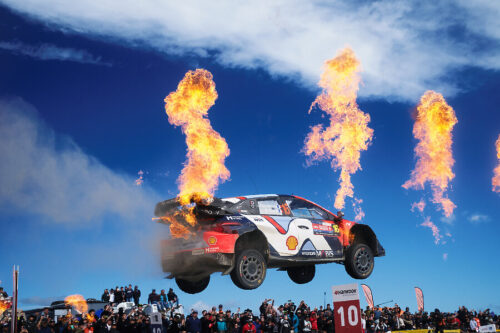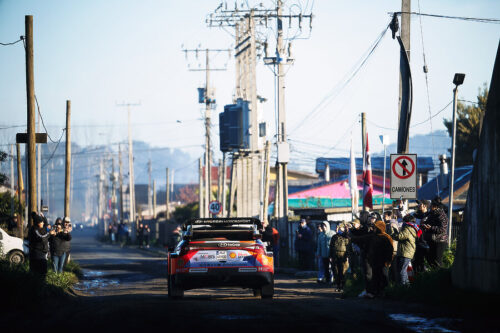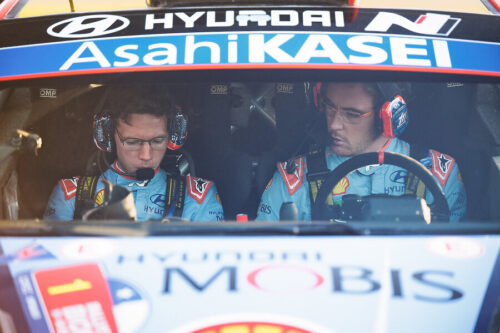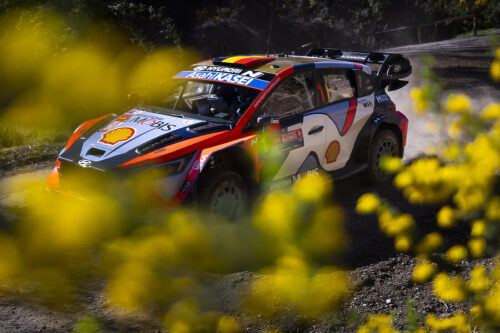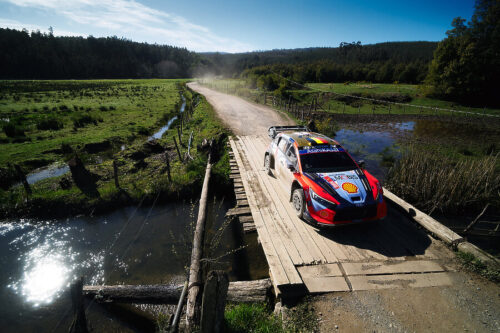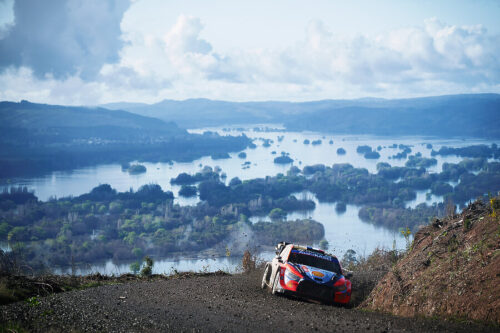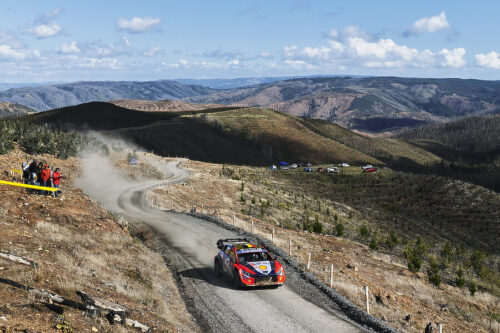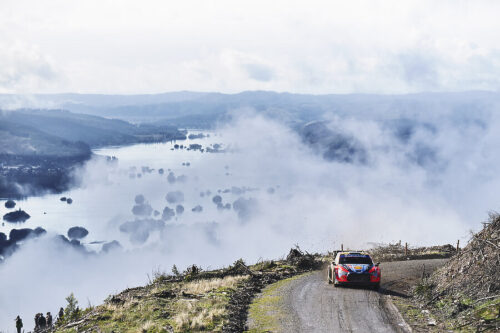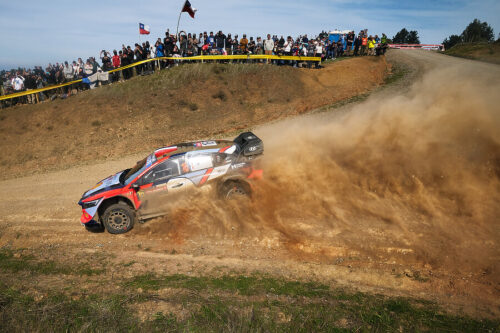Recce Updates McKlein’s Rally Tips have now been updated after our rally recce. You will be able to find the latest insights highlighted, to give you the most up-to-date overview for this rally.
Corsica is often referred to as L’île de Beauté and there’s no mistaking its majestic beauty. This island is the Mediterranean’s most mountainous and thus when you run a rally on its roads there will be a lot of corners, therefore the nickname “Rally of 10,000 corners” perfectly suits the Tour de Corse. The 2017 rally route is over 1,000km in length, so by following this rally for four days you will get to see plenty of ‘The Beautiful Island’.
To arrive on the island by plane there are several options, with international airports at Bastia, Ajaccio, Calvi and Figari. There are also ferry crossings from France and Italy to many of the major ports in Corsica. Something that first time visitors to the Tour de Corse should be aware of is that driving on the island takes longer than you might expect. You must allow plenty of time because the nature of the mountain roads means your average speed will be low.
Choice of great spectating locations is slightly limited because there are only two stages per day, run twice. Typically they are very long mountainous stages, with limited access roads joining them. You will only ever be able to see the rally cars twice each day, so the best advice is to pick good locations, take a picnic and enjoy the day in relative peace. Also the weather in Corsica can change quickly, especially if you are at higher altitude, therefore you must bring clothing suitable for sun, clouds, cold and rain. For accommodation, this rally is one best suited to hotel hopping in order to limit the amount of driving needed. You could consider starting with a hotel in Bastia, moving on to Ajaccio and finishing in Porto Vecchio.

Shakedown: Sorbo-Ocagnano 5.40km
The first opportunity to see the WRC in action comes at the shakedown and this one is a proper test. The first section is an uphill climb from Querciolo to Sorbo Ocagnano village on a wide road. There is plenty of scope for a good overview of several corners standing on higher ground at Sorbo. After the village the stage transfers to a much narrower road for the downhill section all the way to the finish in Castellare di Casinca. The best option is to take the access road to Sorbo and find your preferred spectating spots close to the village.
After the crews have driven the shakedown stage and the mechanics have finished fine tuning the cars at the Bastia service park, the whole rally moves down south for a night-time ceremonial start in downtown Ajaccio. It’s the biggest city on the island biggest and famed as being the birthplace of Napoleon.
Food and drink:
Presuming you drive from the north to the south it would make sense to stop for a lunch at one of the many restaurants en route. Closer to the north is Ponte Leccia, then in the middle is Corte and for something more scenic there is there are the villages of Venacco and Bocognano, all of which are along the main N193 road. For dinner in Ajaccio there is plenty of choice, but McKlein’s preferred choice would be to head to the neighbouring seaside village of Porticcio and visit Le Colisee restaurant, a long-term favourite with WRC people.
Day 1
Day one of Tour de Corse takes place in the region known as Corse-du-sud on classical roads that have featured in the rally for decades. It is worth pointing out that there are very few access roads within these stages so options are quite limited for spectating.

SS1/3: Pietrosella – Albitreccia 31.20km
This is a shortened version of the stage previously used, but it remains a real challenge. You have access to the start, which is now at the well-known Pietrosella hairpin, however this is not recommended for spectating. The best place to head to is the Col de Bellevalle at 3.8km, which is another hairpin with great viewing. It has an extremely fast approach into a proper 180° right hand switchback where you’ll see plenty of tyre smoke as the drivers pull on the handbrake to swing their car around this tight corner, before accelerating off again. To arrive at this junction you just follow the main D302 from just outside Porticcio. There’s good parking on that road and you walk uphill to find the hairpin.
Towards the end of the stage there is an access road (D55) coming in from the north off the N196 road. From here you can a long uphill walk to arrive at a series of downhill hairpin bends known to us as the Tassinca hairpins. Pick a viewing spot on higher ground and you will see a long stretch of the stage.
SS2/4: Plage du Liamone Sarolla Carcopino 29.12km
In many aspects this stage sums up what the Tour de Corse is all about, up and down over a couple of mountains on a mixture of road surfaces. The start is on flat ground close to the Plage du Liamone beach, and the access is very straightforward. The road climbs for 7.7km where it reaches the well-known Casaglione hairpin, which is a tricky, tight, right hand switchback. You can access this point to spectate, but it is a very long drive around to get there.

After Casaglione the stage gets faster on a wider road, downhill then back uphill to the Calcatoggio hairpin, which is at 14.28km, with easy access. This is a spectacular and extremely tight change of direction to the left. If you prefer a more peaceful time and something more scenic then take a 0.8km walk back into the stage to arrive at an open area with stunning sea views.
After this point there are no real access roads into the stage, which continues to pass through the villages of Sant’Andréa-d’Orcino and Canelle. It is difficult to recommend anything at these places. The final option is to head for the stage finish and walk up to the wonderful sounding village of Sarolla-Carcopino to see the last corners of the stage.
Food and drink:
The best way to start the day is coffee and fresh croissant at the little patisserie in the centre of Porticcio, opposite the remote tyre-fitting zone for the rally cars.
Day 2
SS 5-7: La Porta Valle di Rostino 48.71km
The stage starts close to La Porta village home to one of the most famous landmarks of the Tour de Corse: the bright yellow baroque Church of Saint-Jean-Baptiste with its huge bell tower. If you have never been La Porta village, then you must see this place. The rally cars make a long double apex, right turn in front of the church and the atmosphere is pretty good. You can easily reach La Porta via small roads (D506 from the east or DD71 from the west, then the D515 to La Porta) and the parking is well organized when you get there.

24.5km into the stage is Barchetta (Italian for little boat) village, a great place for spectating. The cars approach into view at high speed, and must brake hard for a 90° left hander onto a narrow bridge over a river. 100m after the bridge is another left hand corner and it should be possible to see both from certain vantage points. At this point the stage is a mere 100m from the main N193 road so the access could not be any easier.
After Barchetta there are a further two small villages of interest on the stage. The first one is called Bisinchi and comes at 38km, whilst the second is at 41km and is called Castello di Rustino. Both have decent access and a few twist and turns between the houses.
SS 6/8: Novella 17.25km
There are not so many options for access and great viewing on this shorter stage. Most of the regular WRC photographers head to Novella village, which features a very narrow road threading through some houses past a little fountain and a small church. It’s great for photos and not much else because the cars are relatively slow here. The village does have great access, so if you head there the best advice is to stick to the spectator zone where you will see a couple of really fast right hand corners on the entry to the village.

One other peaceful option would be to take the D12 access road to Novella and park approximately 1-2km before the village. Here the access road passes relatively close to the stage and it offers a fantastic view of several corners across the famous Corsican maquis (gorse like scrubland).
The stage finish should offer good access to the last corner, a 90° junction right onto a wider road. Apart from that there is no other access into this stage and it really is not recommended to drive in and stay in one place for the whole day.
Food and drink:
For lunch we would recommend one of two restaurants close to the big bridge in Ponte Leccia, a town right in between both Saturday stages. There is also a large supermarket in Ponte Leccia, perfect for picnic supplies.
Day 3
For the final day the Tour de Corse moves to yet another area of the island, this time the southeast. There are only two stages, each run just the once, before a podium finish ceremony in Port-Vecchio.
SS 9: Antisanti Poggio di Nazza 53.78km
The longest stage of the rally and a real challenge. The first few kilometres are on a narrow road and in trees and bushes with nowhere to stand properly and little to see. Access you can find coming from the east at about 12km by using the D443 through Casevecchie where the stages open up into an open area with good visibility. The access into this stage from the west via the D43 at 18km joins the stage at a small roundabout with probably a lot of hassle from the marshals and the police. Better is access from the east through the D343 where within 200 meters you have a medium hairpin left followed by a tight hairpin left. The best place is the village Poggio di Nazza at km 47 of the stage with plenty of variety including a hairpin between the houses. Poggio does have an access from the south by using the D244 and D44. The finish is not much again.

SS 10: Porto-Vecchio – Palombaggia (Power Stage), 10.42km
If you look at the map it could be great, a stage along the Mediterranean see with a great view but you will be disappointed. The stage uses a wide road through luxury holiday houses with no view to the sea and not much interest, so the choice could be the last right hairpin of the stage just 300 metres before the finish, or you skip this stage and go to the podium celebration in Porto Vecchio itself.
Food and drink:
There is little to find in the mountains so take your own but the eastern coast road, where you can also find the odd speed camera is full of possibilities and the harbour Solenzara is a favourite here.
-01.png)
